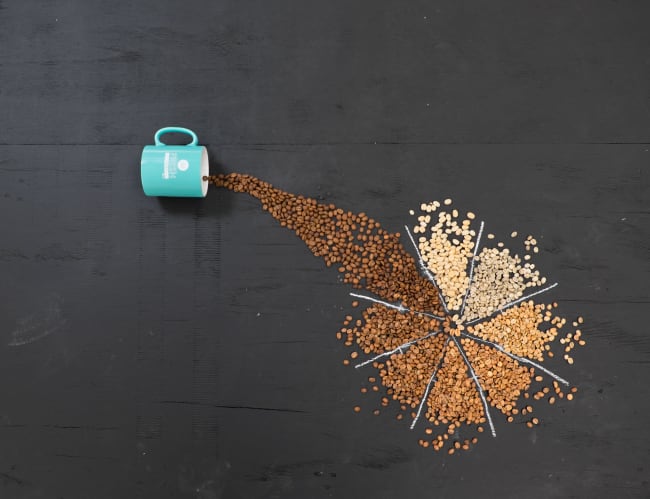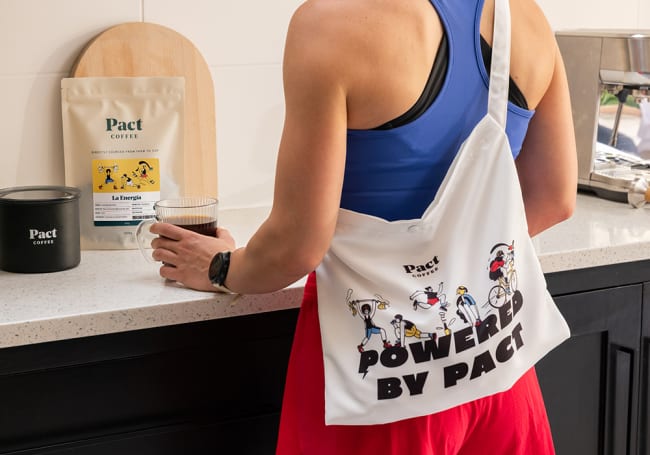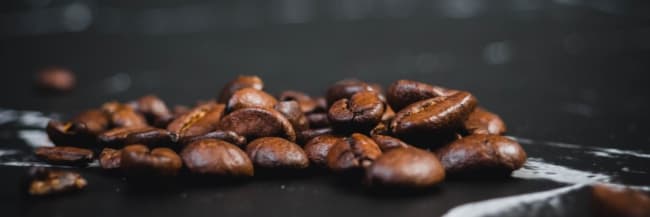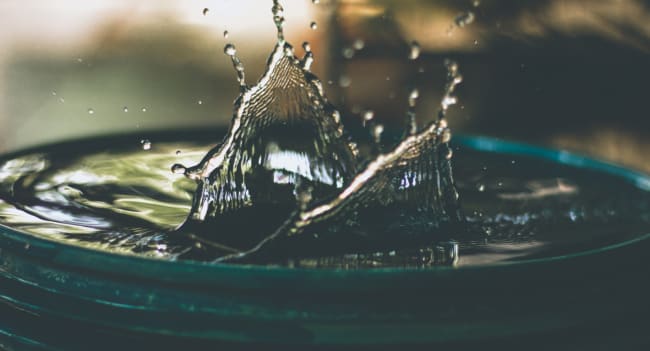You might see chugging a cup of joe as fuel for the engine. Or maybe the buzz is an afterthought to a superior speciality sipping experience. However you see coffee, you might have some preconceptions about coffee roast levels.
Why do different coffees have different roasts? How does it affect flavour? Does dark or light roast coffee have more caffeine? What does “strength” mean on supermarket packages? Let’s take a look.
Light, Medium, Medium-Dark and Dark Roast Coffee
At Pact Coffee, we group our coffees into four categories: light, medium, medium-dark, and dark roast coffee. Unsurprisingly, this is all about how dark a coffee’s been roasted - affected by the time it’s been in the roaster, and the heat it’s been subjected too.
In supermarkets, this is more-or-less the same thing as “strength”. And it actually has little to do with strength in terms of caffeine content.
And it’s not just a case of bunging beans inside a hot oven and leaving them a little longer - our team of roasters stringently track, monitor and adjust throughout the process. The temperature is made to rise and fall, and the chemical processes the beans undergo are manipulated to produce the desired results.
Is dark roast coffee stronger?
It depends what you mean by “stronger”. If you’re correlating supermarket rating systems and our roast levels, then yes - the higher the number, the darker the roast. But what that’s affecting is flavour, not necessarily caffeine levels (more on this later…).
Like anything, heating a coffee bean for longer or at hotter temperatures means it loses moisture through evaporation - so they become more dense.
A lot more happens in the process too- the Maillard reaction at around 150°C, which changes flavour and body; caramelisation at around 170°C, and crucially the breakdown of acids. Citric/tartaric acids break down in a long or hot roast, reducing the sweetness considerably, and the chlorogenic acid converts to quinic acid - causing a bitter flavour profile.
And that’s why ‘bitterness’ and lack of sweetness is falsely seen as The Flavour of Coffee - because commercial coffee is roasted very dark to mask poor quality.
Does light roast coffee have more caffeine?
But if strength is more about whether coffee tastes strong, than what about the whole caffeine thing? Does dark roast or light roast coffee make more of a punch?
The trouble is, there’s a lot of factors at play. It doesn’t just come down to the beans, it’s about the brewing process too. But when it comes to the bean level, you might be surprised: light and dark roasted coffee beans have practically the same caffeine levels.
But when it comes to acupof coffee, dark roast coffee does have more caffeine. Remember earlier, when we mentioned that dark-roasted coffee beans are denser? That means they have less mass - so if you use the same weight of coffee when brewing, there will be more beans used in the dark roast batch. And therefore, more caffeine.
How to make dark roast coffee taste better
So what have we found out? The darker the coffee is roasted, the more bitter and astringent it’s likely to taste - but it will make for a caffeine-heavier cup. So if you want a slightly ‘stronger’ cup, but still get a great flavour, what are your options?
At Pact, we feel pretty strongly about you enjoying a tasty cup of coffee. But while caffeine levels come second on our agenda, we do feature a range of dark-roasted coffees. Luckily for you, we also know the limits - and only choose coffees to dark-roast that have flavour profiles intrinsically suited for this treatment. Check out our range here.






